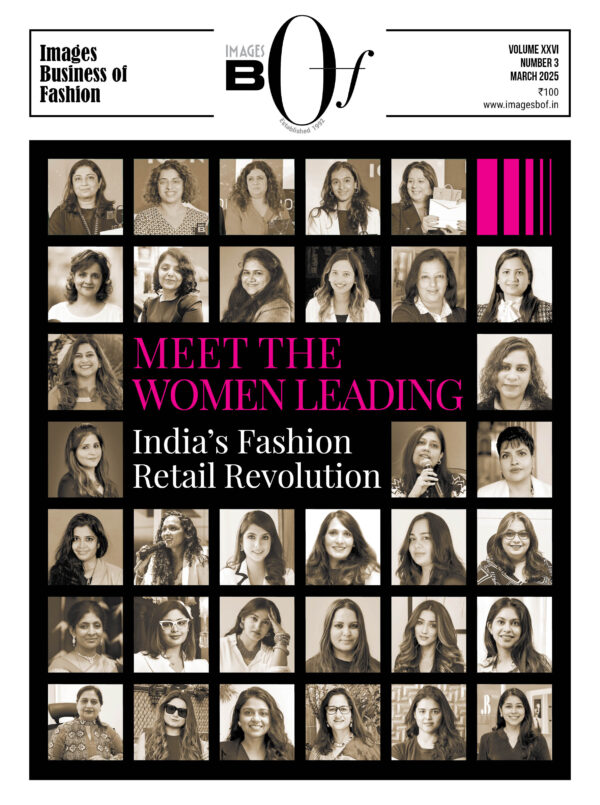The organisation is working on an initiative called the CanopyStyle campaign, which collaborates with over 500 global fashion brands to eliminate the use of wood-derived viscose in fabrics, steering them toward more sustainable alternatives… Non-profit environmental organisation Canopy, which works to protect forests, species, and climate by collaborating with the forestry industry, businesses, and communities…



